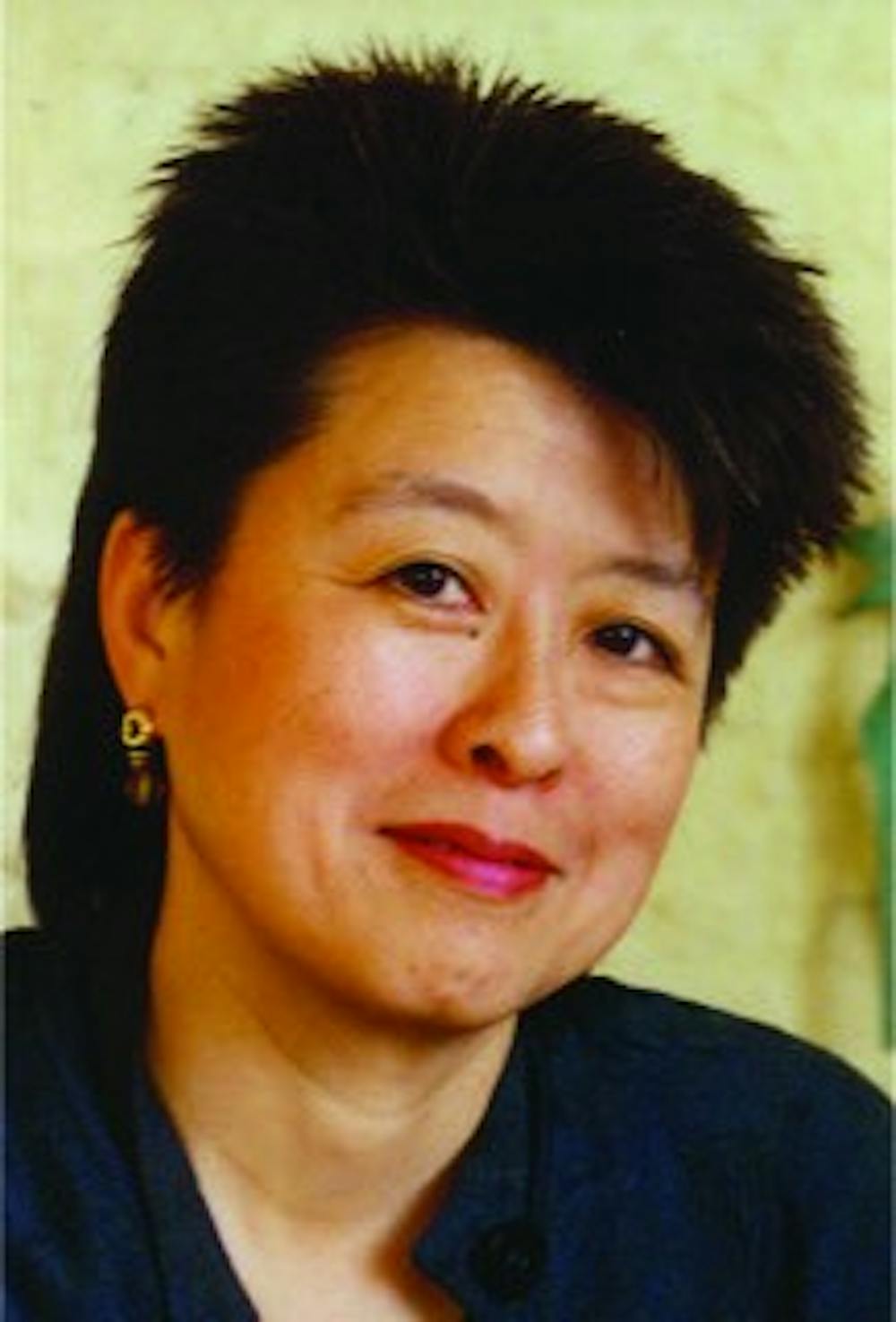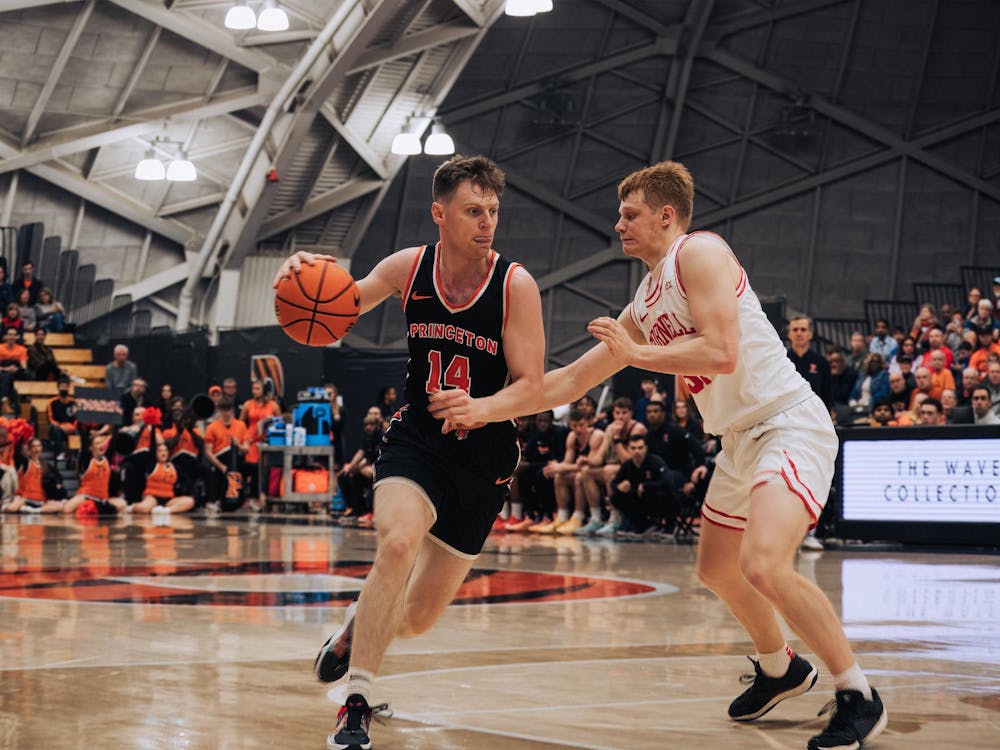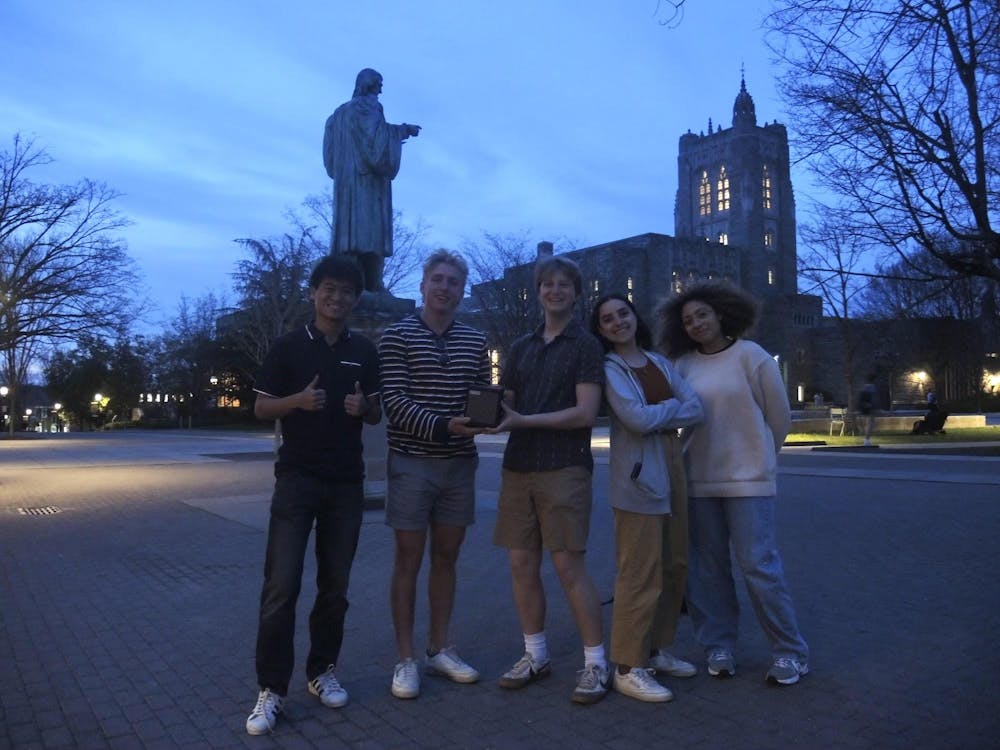Asian-Americans must be intentional about understanding their history and experiences, said Helen Zia ’73, an Asian-American author, feminist and LGBTQ+ rights activist.
In her talk about the future of Asian-American identity, Zia recounted stories from her long life in activism in an attempt to highlight the importance of developing cohesion within the Asian-American community. She added that America faces a future in which no race will constitute a majority of the population.
Zia began with the story of her visit to a state museum in Ketchikan, Alaska, in order to see whether Asian-American involvement in the fishing and cannery industry was being recognized.
There, she discovered a picture of a machine labeled “iron ch*nk,” which was used to cut off the heads of fish and to gut them. It acquired its nickname, which contains a racial slur, because it could supposedly work as fast as many Asian workers.
Zia wrote a letter to the museum, hoping they would be aware of the slur and include more context about the contributions of the Asian workers. She received an apologetic reply that noted that the entire exhibit would be removed.
Zia was dismayed that the museum, instead of acknowledging the context and history of the name, decided to scrap the exhibit altogether.
She also said that the story was a physical example of an idea she calls “M.I.H.,” or “Missing in History.” For Zia, the “M.I.H.” phenomenon is truly detrimental to the Asian-American community, as so much of the history of prior generations has simply gone missing.
Born and raised in New Jersey, Zia explained that it seemed as though there were fewer than 70 students of color on campus during her time at the University. New student-initiated courses at the University began because of the efforts of Zia and other minorities, who wanted to see an end to racism on campus and everywhere else. This was an attempt to move beyond courses centered on European and Atlantic studies and according to Zia, was a great first step against the “M.I.H.” problem.
Zia took two such courses during her time at the University.
Zia also used the rise of Asian cuisine in America to emphasize the importance of Asian-American studies. She said that ever since the Immigration and Nationality Act of 1965, which ended a policy based on quotas, the United States has been more open to people of color. One manifestation of this was the increasing number of Asian restaurants in New Jersey.
Zia described this phenomenon as another metaphor for the Asian-American experience.
“As welcome as the foods might have been, unfortunately, the welcome mat did not extend to Asian people who brought those flavors,” she said, attributing this to a wave of racial hysteria that occurred in the 1800s.

“Without Asian-American studies, this history, this experience, these exceptional and important parts of American life really still remain M.I.H. — not just to the general public, but also to influential policy makers, students like you who are going to be the decision makers in the future,” Zia explained.
Zia said this knowledge of the Asian-American experience could help the community through what she calls “collision.” This process includes constructive storytelling, experience-sharing, and mutual understanding of the situations of different groups, she noted.
Zia also recalled one of her first experiences with collision after the 1982 death of Vincent Chin, a Chinese-American man beaten to death by two autoworkers in Detroit, Mich. The killing occurred during a time when the U.S. automobile industry blamed Japan as the cause of lost jobs. The sentencing of the two men only to probation sparked outrage and demonstrations. This allowed Zia to learn how to explain to journalists the history of racism toward Asian-Americans and how they reacted to it.
According to Zia, the journalists were confused during these conversations. However they did indeed report on her stories, a welcome side effect.
Zia mentioned that, unfortunately, collision took a turn for the worse when sociologist William Petersen coined the phrase “model minority” in 1966, near the height of the civil rights movement in America.
Zia said that the idea of the “good” minority and the “bad” minority, implicit in new label, drove a wedge between minorities who wanted to unite for conversations about racial justice. However, Asian-American studies could remedy the damage done by the model minority idea, she said.
Zia said she hopes that more and more Asian-Americans will feel a connection to their Asian-American identity that goes deeper than “I can use chopsticks” or “I’m good at math.”
Given the ongoing demographic shifts in America, Zia asked the audience, and specifically the students, to imagine how the future of society will look and what steps can be taken to change oppressive systems.
Zia concluded by expressing her desire that Asian-Americans will be better able to face that future by both reclaiming their history in the United States and bolstering their community. Therefore, Zia said, “we have to do this; we not only can fight for our visibility and to define ourselves, but we must. We have to. We can expect that the future will bring more collisions.”
The lecture was delivered on Thursday, April 26, 2018, in Jones 100 as a part of the Asian American Speaker Series, organized by the American Studies program and cosponsored by the english and history departments.









